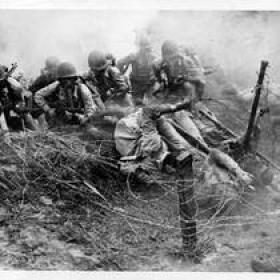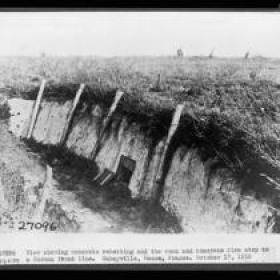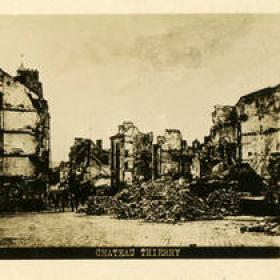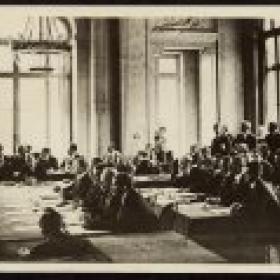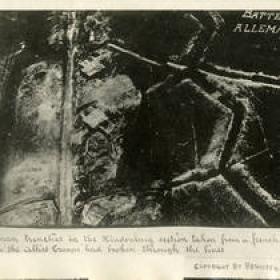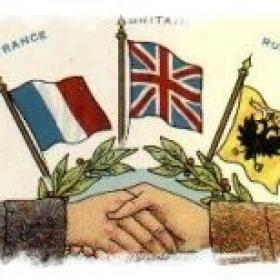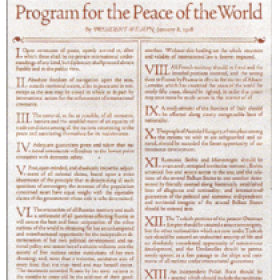"The Chemists' War"
Chemical weapons were first systematically used in World War I, primarily as a strategic measure to intimidate, disorient, and injure soldiers occupying defensive positions in trenches. Such weapons were first employed by the German Army at the Battle of Ypres in April 1915 and then by the British Army in September 1915 at the Battle of Loos. The types of weapons employed ranged from disabling chemicals, like tear gas and mustard gas, to more deadly substances, particularly chlorine. While only three percent of combat deaths (less than 90,000 men) were caused by gas, hundreds of thousands of soldiers were permanently injured by gas attacks. Yet as the use of chemicals became more common both sides developed new countermeasures, including gas masks, which limited its overall usefulness in battle. The widespread use of these agents of chemical warfare, as well as advances in their delivery and effectiveness, led to World War I being known as "the chemists' war".
